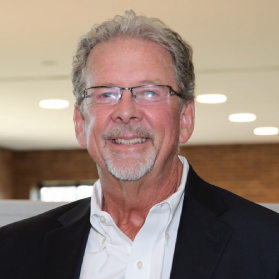– A SECOORA Funded Mini Project –
Project Overview
Major ocean currents can generate hazardous cross-currents near some ports. At the South Florida ports of Miami, Everglades, and Palm Beach, high cross-currents occur irregularly. Cross-currents can persist for hours to days as they meander in the Florida Current / Gulf Stream and shift their position westward onto the port access channels. This project developed a prototype Machine Learning (ML) algorithm to predict the probability of high cross-currents near the Port of Miami – one of the busiest ports in the Southeast.
Why this Matters
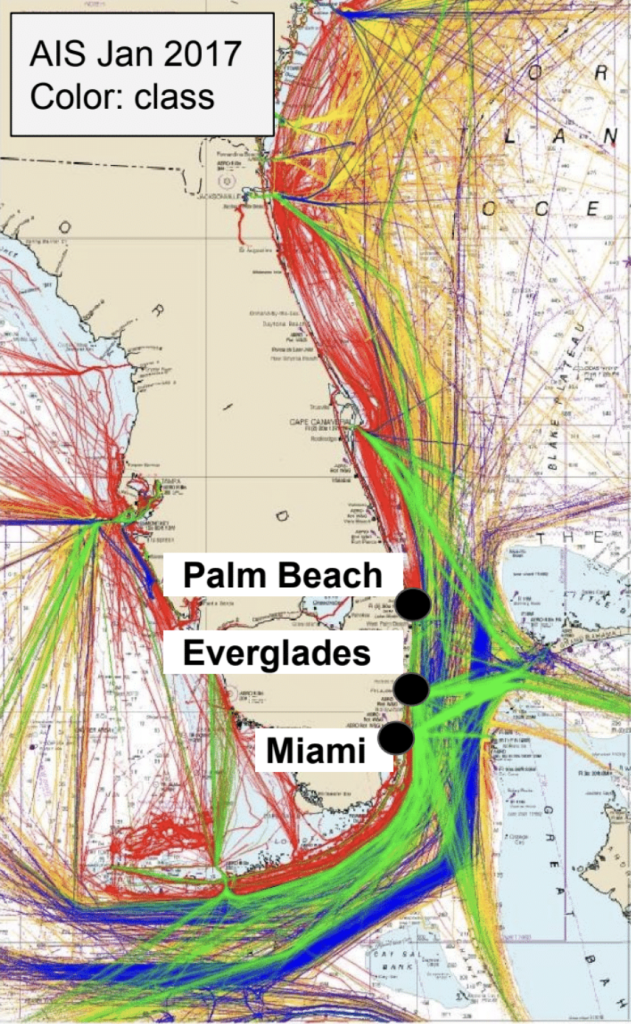
To aid in large-vessel traffic management, the tool transforms multivariate ocean current data into a product that can potentially be used to reduce the risks associated with vessel maneuvering under hazardous conditions. The prototype ML algorithm uses the HYCOM-modeled currents. The algorithm operates automatically, updating forecasted currents every few hours to ensure users receive consistent and accurate information.
The decision support tool predicts optimal transit windows for vessels to avoid hazardous cross-current conditions 24 to 48 hours in advance, reducing risk associated with vessel passages under high cross-current conditions.
Dr. Mark Luther, University of Florida College of Marine Science
Technical Report
A technical report titled, Improving the Management of Maritime Traffic in Southeast US Waters Using Machine Learning, on the ML algorithm can be found here.
This report is a summary of how the ML algorithm was developed.
Next Steps
This is a prototype application. There is a need for the inclusion of real-time data from NOAA PORTS such as acoustic doppler current profiler data and sea surface current data specifically from High-Frequency Radar available in South Florida. Additionally, the ML algorithm could be expanded to other ports in the southeast and beyond. Funding is needed to refine and test the product before becoming a forecasting tool that can be used by harbor pilots.
Project Partners
Dr. Mark Luther
Dr. Steven Meyers
Related news
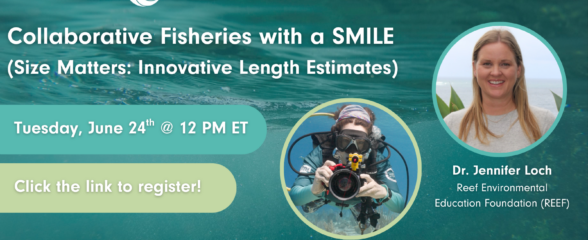
SECOORA Webinar: Collaborative Fisheries with a SMILE (Size Matters: Innovative Length Estimates)
On Tuesday, June 24th at 12 PM ET, Dr. Jennifer Loch from Reef Environmental Education Foundation (REEF) will discuss the SMILE (Size Matters: Innovative Length Estimates) project as part of SECOORA's Coastal Observing in Your Community Webinar Series.
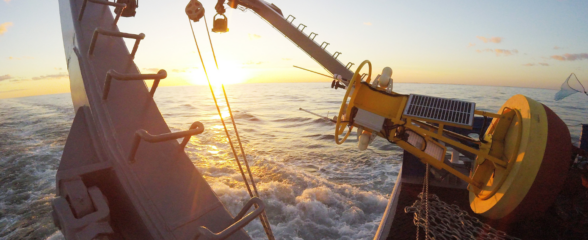
Funding Cuts to NOAA IOOS Will Hurt the Southeast
Proposed federal funding cuts would eliminate the IOOS Regional Observations budget for next year. Contrary to the budget Congress has already approved for this year, the Executive Branch wants these proposed cuts to go into effect in 2025.
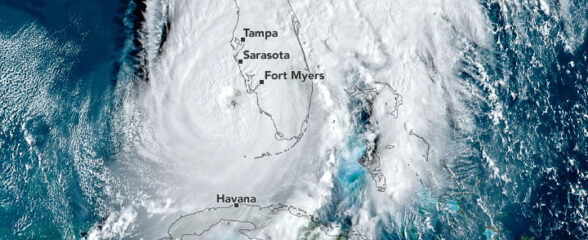
SECOORA Webinar on the Rapid Intensification of Hurricane Ian: Warm Subsurface Water on the Wide Continental Shelf
Join us Thursday, April 24th at 12 PM ET for the April installment of the SECOORA Coastal Observing in Your Community Webinar Series! This month, we will hear from Dr. Yonggang Liu from the University of South Florida. He will discuss his research on the rapid intensification of Hurricane Ian in relation to anomalously warm subsurface water on the wide...
